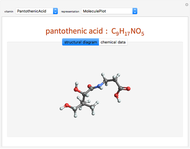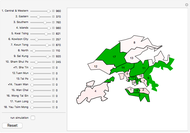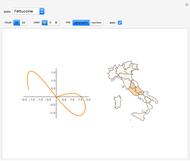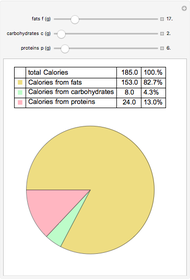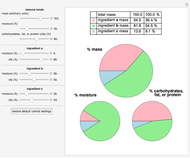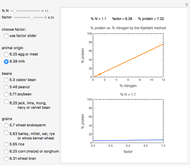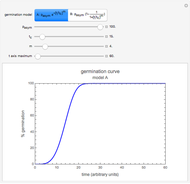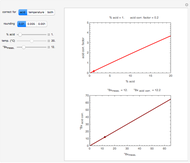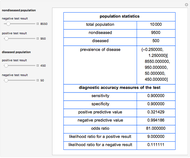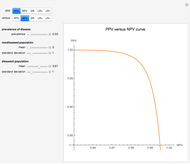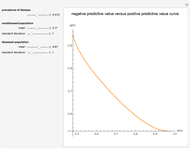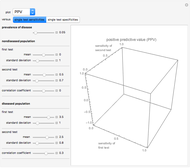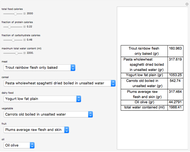Enteral Nutritional Design

Requires a Wolfram Notebook System
Interact on desktop, mobile and cloud with the free Wolfram Player or other Wolfram Language products.
Enteral feeding refers to the delivery of nutrition directly into the gastrointestinal tract, thereby providing part or all of a patient's caloric and nutritional requirements. To design an enteral nutrition formula, the respective quantities of up to six selected foods (a meat, a cereal, a vegetable, a fruit and an oil) are calculated. It is desired that their combination comply with user-defined specifications: total required calories (10–3000), fraction of protein calories (0.15–0.40), fraction of carbohydrate calories (0.15–0.40) and maximum total water content of the foods (1–3000 ml). The specifications are set using the sliders. The foods are selected using their respective menus. Each menu includes a "None" option.
Contributed by: Theodora Chatzimichail (October 2017)
(Hellenic Complex Systems Laboratory)
Open content licensed under CC BY-NC-SA
Snapshots
Details
This Demonstration shows a method for the design of enteral nutrition [1]. It includes the respective data of all the foods of the 2015 version of the Composition of Foods Integrated Dataset (CoFID), published by Public Health England (PHE) [2].
Therefore, the menus of the Manipulate function can be redefined to include any of the foods of the dataset.
The Demonstration is dedicated to the loving memory of George Koutsidis.
References
[1] R. Bankhead, J. Boullata, S. Brantley, M. Corkins, P. Guenter, J. Krenitsky, B. Lyman, N. A. Metheny, C. Mueller, S. Robbins, J. Wessel and the A.S.P.E.N. Board of Directors, "A.S.P.E.N. Enteral Nutrition Practice Recommendations," Journal of Parenteral and Enteral Nutrition, 33(2), 2009 pp. 122–167. doi:10.1177/0148607108330314.
[2] P. M. Finglas, M. A. Roe, H. M. Pinchen, R. Berry, S. M. Church, S. K. Dodhia, M. Farron-Wilson and G. Swan, McCance and Widdowson’s The Composition of Foods. 7th summary ed., Cambridge, UK: The Royal Society of Chemistry, 2015.
Permanent Citation
"Enteral Nutritional Design"
http://demonstrations.wolfram.com/EnteralNutritionalDesign/
Wolfram Demonstrations Project
Published: October 10 2017






